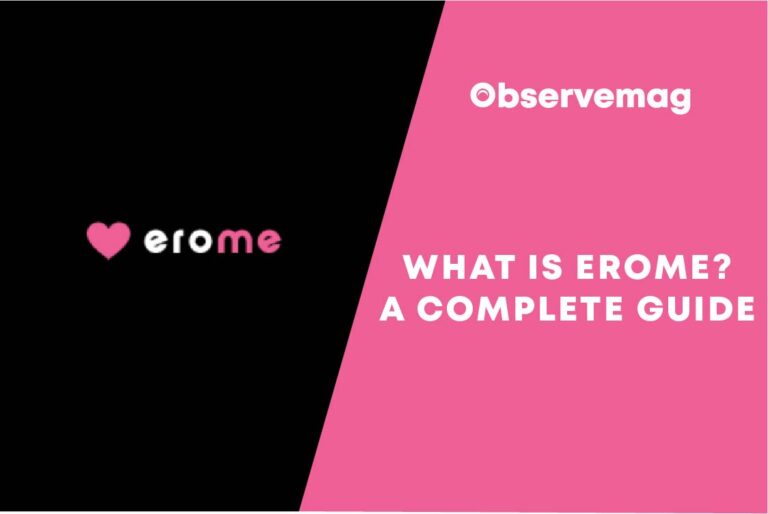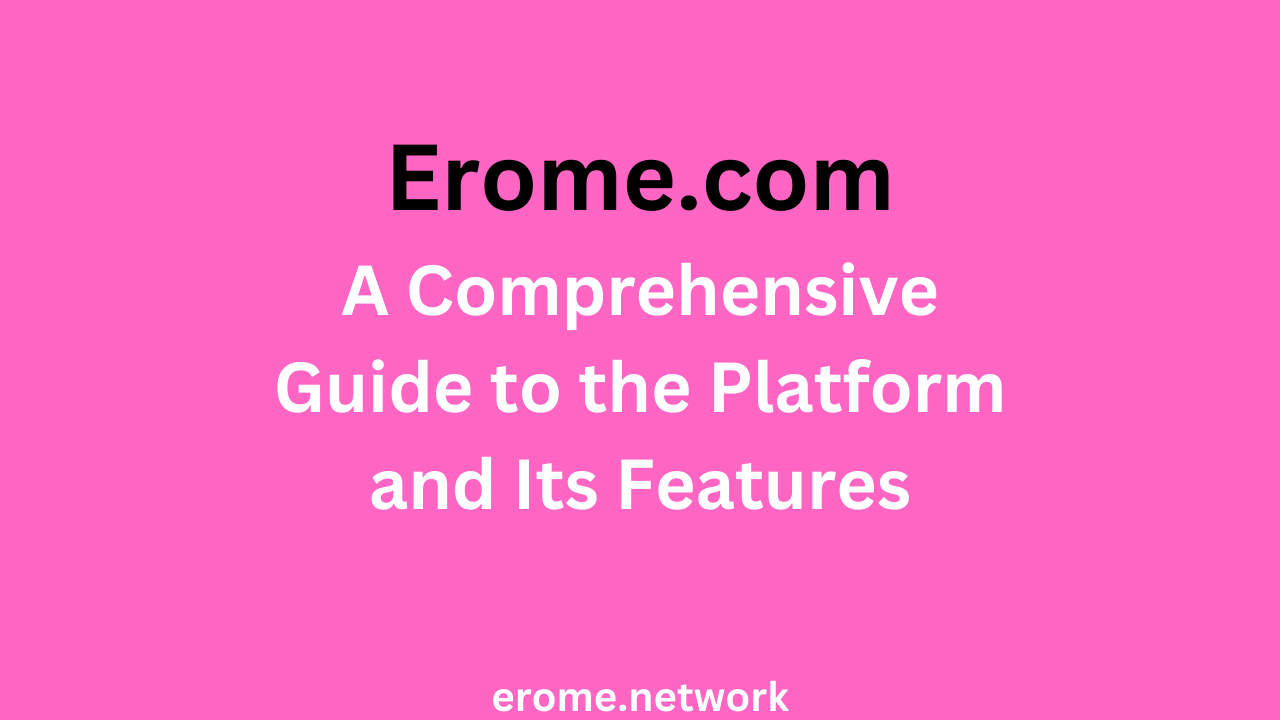Erome: Your Guide To Sharing & Enjoying Adult Content | Tips & Tricks
Is the allure of online anonymity truly worth the sacrifice of community and genuine connection? The shifting sands of the digital landscape, particularly within niche communities, demand a critical reassessment of how we engage and the evolving nature of our online experiences.
The digital realm, much like any social sphere, ebbs and flows. The enthusiasm that once fueled participation can wane, the initial novelty fades, and a sense of detachment begins to creep in. This is a sentiment echoed across various platforms, including those dedicated to sharing explicit content, where the dynamics of user interaction, content creation, and platform policies directly influence the overall user experience. The feeling of things being "off" is not uncommon. Individuals find themselves questioning the appeal of continued participation, leading some to consider a complete departure from these online spaces. The need to log in or register to access certain content is a common factor in such situations, creating a barrier to entry for new users and potentially diminishing the overall sense of open access that these platforms often tout.
The rise of platforms like Erome.com, which allows users to upload, view, and share explicit videos and images for free, highlights this duality. The appeal lies in the freedom of expression, the minimal restrictions on content, and the focus on user privacy and discretion, attracting a niche audience that values these features above all else. This is in stark contrast to mainstream social media platforms, which often impose stringent content guidelines and prioritize monetization over user privacy. The open nature of such platforms, however, brings its own set of opportunities and challenges for both content creators and users. While offering a space for uncensored content, the lack of monetization options, a significant point for many, and the inherent risks of such environments, can impact the long-term viability and appeal of these online spaces.
| Feature | Details |
|---|---|
| Platform Functionality | Erome.com allows users to upload, view, and share multimedia content. It primarily supports video and image sharing, especially of adult content. |
| Content Access | Content is accessible for free, without the need for a subscription. However, accessing certain features or content might require logging in or registration. |
| User Base & Niche | Caters to a niche audience with a focus on privacy and discretion, unlike mainstream platforms. |
| Monetization | Lacks direct monetization options for content creators. |
| User Experience | Offers a space for sharing erotic content, including amateur photos and videos. Daily, thousands of users enjoy content on the platform. |
| User Interaction | Offers opportunities for community engagement, with users curating and sharing content, leading to potential for interaction. |
| Community Feel | Focus on user privacy and accessibility, which fosters a sense of community among users. |
The dynamics of a platform like Erome.com are shaped by a variety of factors. The ability to share content freely is a cornerstone of its appeal. It allows users to contribute to a collective library of erotic images and videos, catering to a broad spectrum of preferences and interests. This openness, however, comes with its own set of complexities. The platform's focus on minimal restrictions means that content creators are provided with extensive freedom, but it may also increase the potential for issues such as copyright violations, harmful content, and the exploitation of individuals.
The emphasis on privacy is another distinguishing characteristic of Erome.com and similar platforms. In a digital world where personal information is often a commodity, the promise of discretion is highly valuable. The ability to view and share content without the constant intrusion of algorithmic curation or the surveillance of data-hungry corporations is a significant draw. This privacy-focused approach is a direct response to the perceived shortcomings of mainstream social media, where user data is frequently exploited for advertising and other commercial purposes. This difference is crucial in defining the user base and the overall character of the site.
However, the very aspects that make platforms like Erome.com appealing can also contribute to a sense of detachment or dissatisfaction. The absence of effective moderation, the potential for inappropriate content, and the lack of direct financial incentives for content creators can create a less fulfilling experience. This might lead to users feeling less invested in the platform, causing them to re-evaluate their participation. This sentiment may have led some to reconsider their role within the community.
The challenges of maintaining a thriving online community within such platforms are significant. Content creators need to balance the desire for freedom of expression with the need for safety, ethics, and legal considerations. Users must navigate a space filled with a wide array of content, constantly evaluating what they choose to engage with. The lack of traditional monetization models can also be a significant hurdle, making it difficult for content creators to justify the time and effort spent in producing material. This can contribute to creator burnout and decrease the amount of fresh, engaging content available on the site. This can impact the communitys overall health and longevity.
The user's experience on the platform is deeply intertwined with its community aspect. Many people visit such platforms to participate in a community of individuals who share their interests. The interactions, the comments, the shared experiences, all contribute to a sense of belonging and shared purpose. However, as the community evolves, factors such as changes in content, moderation policies, and the influx of new users can alter the dynamics of these interactions. The sense of community, initially appealing to many, may wane as the platforms character shifts, leading to a feeling of disconnect and dissatisfaction. The potential need to log in or register to access content may also contribute to this decline, further isolating users and making it harder for new members to join the community.
When the initial appeal of a platform fades, users are left with a choice: Adapt, leave, or attempt to revitalize the community. This is the dilemma facing many users. The decision to "pack it in and give up" is not always easy. The time invested, the connections made, and the memories created can make it difficult to leave a community behind. However, the reality of a changing online environment often forces users to make a tough choice. The feeling of being "off" can ultimately outweigh the enjoyment derived from the platform. This decision often comes down to finding a balance between personal needs and the overall experience.
Ultimately, the future of platforms like Erome.com depends on their ability to adapt to the evolving needs of their users. This means addressing the challenges of content moderation, ensuring the privacy and security of users, and providing a sustainable environment for content creation. The platforms need to continuously address the changing dynamics. They will also need to work towards creating a more fulfilling experience. This may involve a balance between freedom of expression and the need for a safe, ethical, and sustainable online environment. The capacity to evolve with the times will be crucial for the platform's continuing appeal and the satisfaction of the community it serves.
The question of whether to persist on a platform or to move on is one faced by many online users. While Erome.com and other such platforms provide a space for open expression and community, users need to continually assess whether these benefits outweigh the inherent challenges. The sense of community, the freedom of expression, and the promise of privacy can be immensely appealing, but the long-term appeal hinges on adapting to the needs of both content creators and the community.


